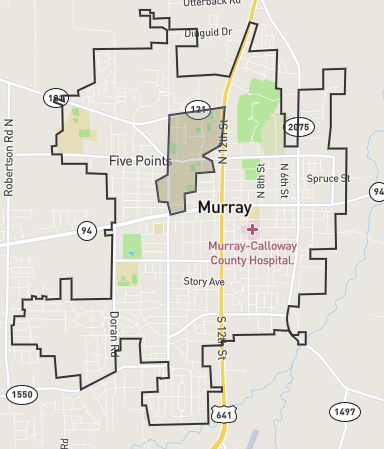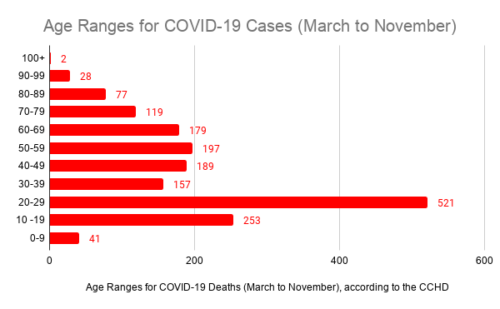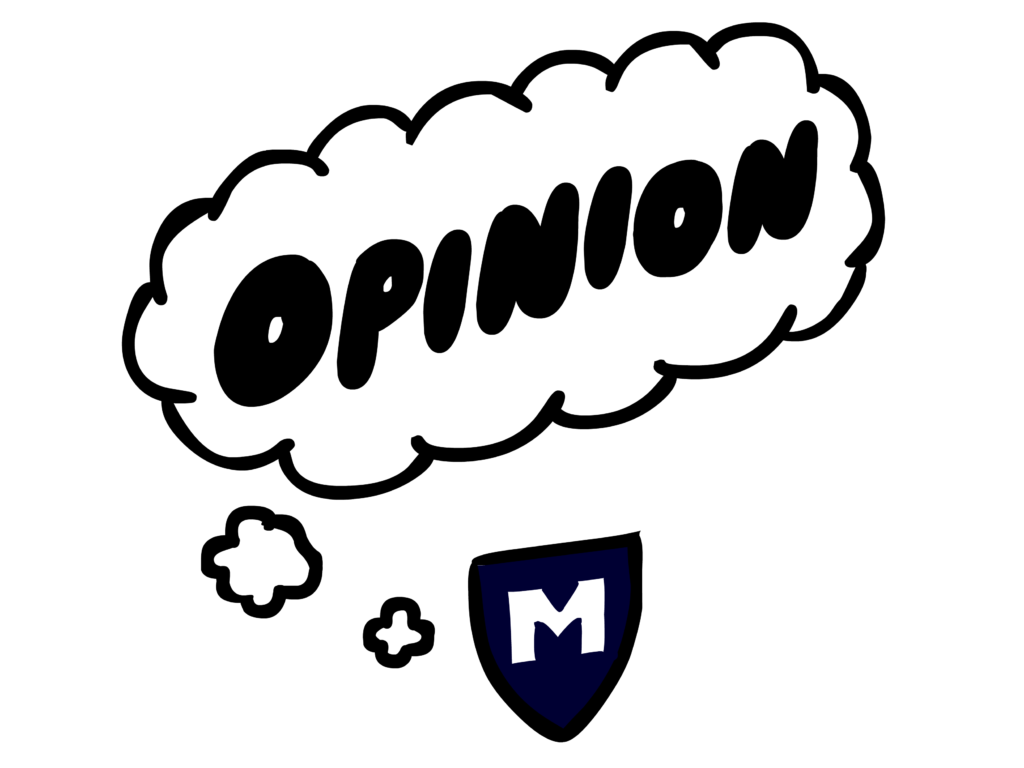
Kayla Wall, senior and art education major from Mayfield, Ky., works in a Woods Hall art studio reserved for students.
Colleen Bennet, senior art major from Louisville, Ky., said she looked at art programs at the University of Kentucky, University of Louisville and Berea College before ultimately deciding to attend Murray State.
“I toured Murray State’s facilities and saw the work that was produced here and I remember thinking this place really took its program seriously,” Bennett said. “The professors especially take the program seriously and it is very intensive. Coming to Murray State was definitely worth the money.”
In an article published in The Atlantic last Wednesday, receiving an art degree from Murray State was named “the biggest waste of money” and the least valuable major to pursue of any major offered at any university across the U.S.
The article used recent data gathered by PayScale, an online salary, benefits and compensation comparison company, which made predictions on students’ average earnings for the next 20 years based on trends in the past 20 years and self-reported earnings of an unspecified amount of polled graduates.
Using this data, The Atlantic reported that the net worth of an out-of-state art major from Murray State over the course of 20 years is approximately -$200,000.
Art majors paying in-state tuition also made the list of 23 universities and their corresponding majors that have the lowest net returns – Murray State ranking seventh worst, with a reported -$147,000 in net return.
Bennett said it takes a long time for those working exclusively freelance producing drawings and paintings to be successful because you need to establish a name for yourself. She said sometimes an artist never becomes recognized by the public, but that she’d rather do work she loves and make less money than a job she doesn’t like which may be more successful.
Zbynek Smetana, the chair of the department of art and design, said the article and data was “completely flawed” and it was “profoundly irresponsible.” He said the author of the piece, Derek Thompson, senior editor of The Atlantic, shouldn’t have published it without checking his facts.

A student uses one of the studios in Woods Hall to paint for a class assignment.
Smetana said he found the article’s data to be unreliable because the earnings were self-reported and the number of graduates who were polled are not mentioned.
“This (data) is simply not factually based,” Smetana said. “Nowhere in that article does it even mention what the sample size of the study is. It’s disappointing to me personally.”
He said he doesn’t think the department will suffer in enrollment or reputation and he hopes art majors at Murray State will recognize that the methodology of the article is highly questionable.
“Legally, (the article) probably is not considered libel, but the effect of it is similar,” Smetana said. “Even if I could make the editor retract his statement or publish an apology, that article is out there, it’s viral, traveling around, and there’s no way to get rid of it.”
The University is engaged in its own self-study of graduates and their quality of life and satisfaction with Murray State post-graduation.
Smetana said he will rely on this study, which is expected to be completed in September, to determine if any evaluation of the department is necessary.
According to the PayScale’s website, only those who possess a bachelor’s degree and no higher degrees are included in their survey data and only graduates who are employed full-time with either an hourly wage or an annual salary – no self-employed or project-based or contract employees. On Murray State’s section of the website, 194 entries have been recorded for those who identify as having received bachelor’s degrees from the University, but it is unspecified how many of these reported salaries come from those with degrees in art.
President Tim Miller said he isn’t concerned with the article or PayScale’s findings and said he doesn’t think it will have an effect on the art program. He said only five Murray State art program graduates’ reported salaries and are reflected in the website’s data.
“You could make any university look bad by talking to five students that weren’t employed as soon as they graduated and write an article on that,” Miller said. “You can manipulate data to look good or bad and I think that’s what happened here.”
Samantha George, art major and junior from Murray said she knows graduates from Murray State who have gone on to be successful in their fields and said she’d like to know from whom PayScale collected their data.
“Before I even became an art major I was told (Murray State’s) art program was the best in the state,” George said. “I don’t know who all they asked.”
Story by Ben Manhanke, Assistant News Editor



































































































Zachary Cunningham • Apr 7, 2014 at 1:15 am
According to DegreeRegistry.org, a general MBA can be obtained for as little as $6k and as high as $120k. If students would do a little research, they would find that it is not nearly as expensive to get a college degree.
Barnaby Dorfman • Apr 5, 2014 at 12:29 am
Ben, I work for PayScale. As a clarification, our sample size for the College ROI Report was ~1.4 million people, with an average sample size per school of 445. We will be adding this to our methodology statement here: http://www.payscale.com/college-roi/c/methodology. While I understand that our findings are disappointing for Dr. Smetana, our approach to this research is both rigorous and scientific. We have no agenda to promote one school/program over another.